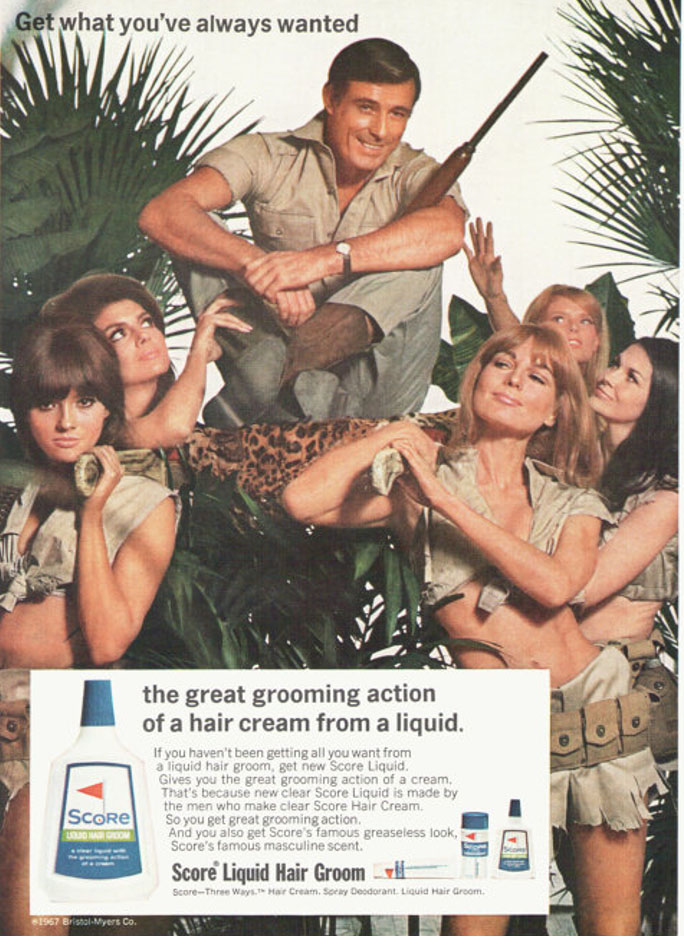‘Hypodermic Needle’ Theory.
Harold Lasswell, who developed the theoretical tool of ‘content analysis’ and in 1927 wrote Propaganda Technique in the World War which highlighted the brew of ‘subtle poison, which industrious men injected into the veins of a staggering people until the smashing powers . . . knocked them into submission’ Laswell believed each government had ‘manipulated the mass media in order to justify its actions’ in World War 1.
To illustrate his hypothesis, in 1948 he developed a linear model of communication one that breaks down the line of communication from point A to point B, in which the SENDER is transferring a MESSAGE, through a MEDIUM (eg Print, radio, TV, etc) that has a direct effect on the RECEIVER.
Or to be correct: WHO, SAYS WHAT, THROUGH WHAT CHANNEL, TO WHOM, TO WHAT EFFECT.

This approach was later adapted by Shannon and Weaver in 1949, as the Transmission model of Communication, which included other elements, such as NOISE, ERROR, ENCODING and FEEDBACK.
In other words, there is the suggestion that the process of sending and receiving a message is NOT clear-cut, predictable or reliable and is dependent on a range of other factors that need to be taken into consideration.




